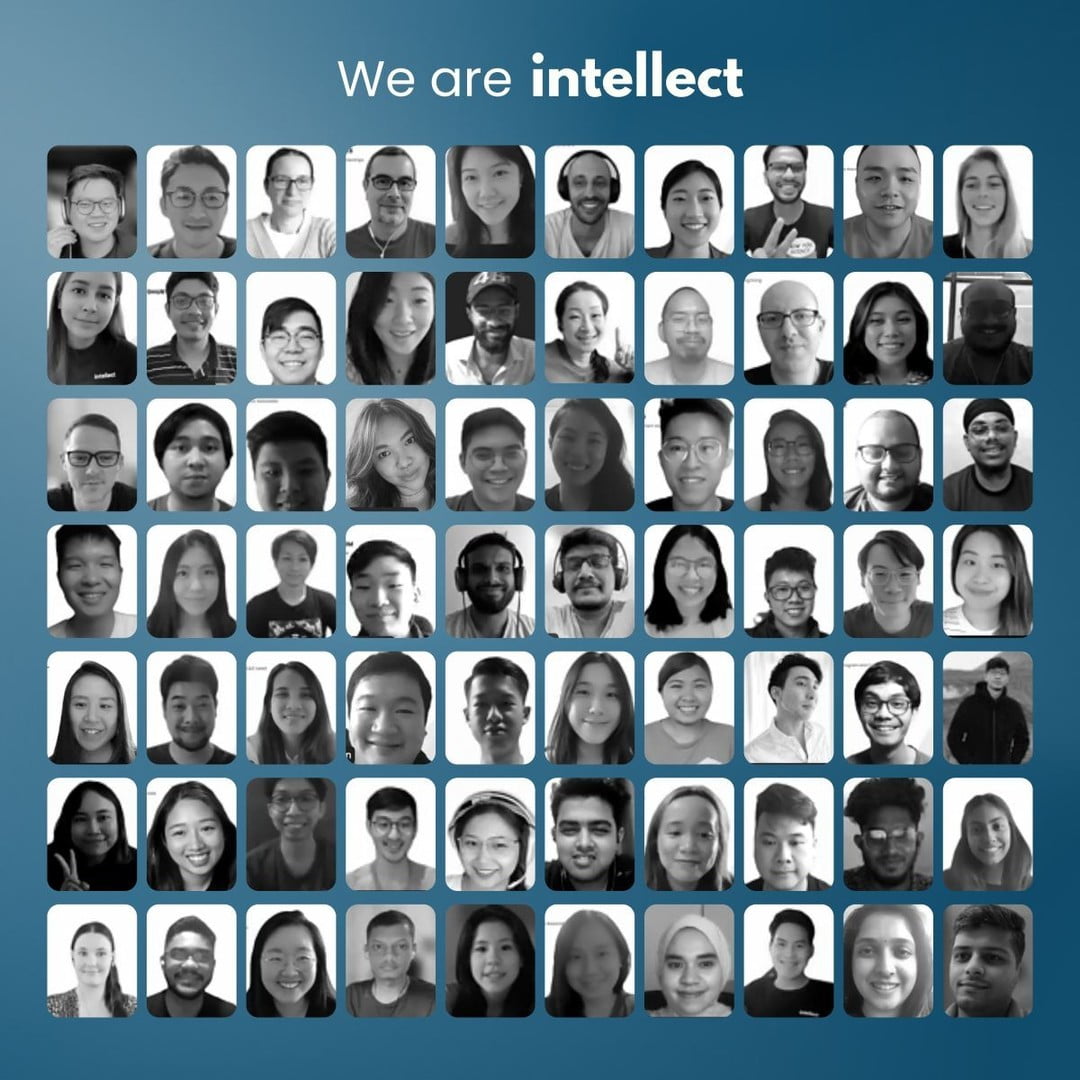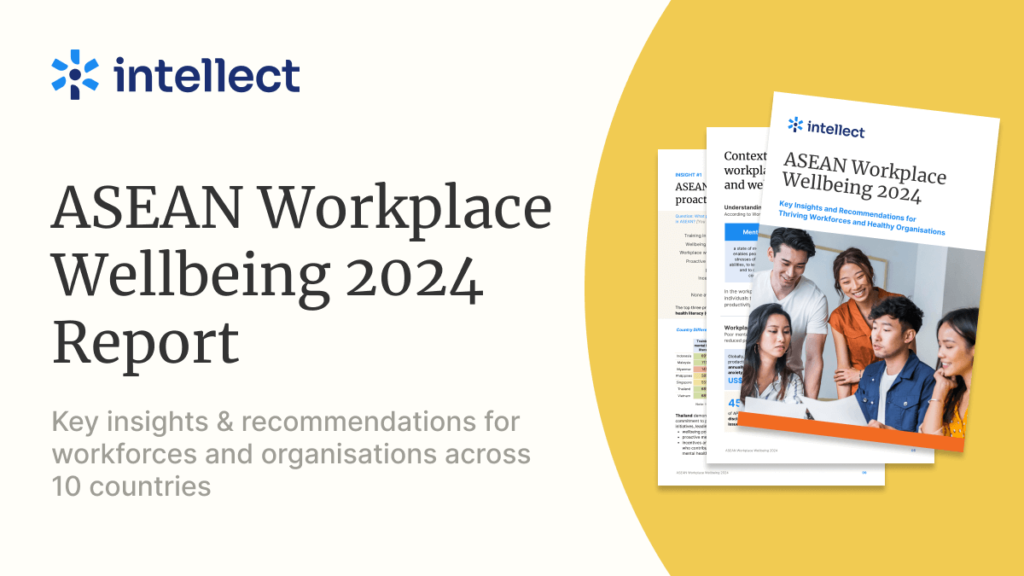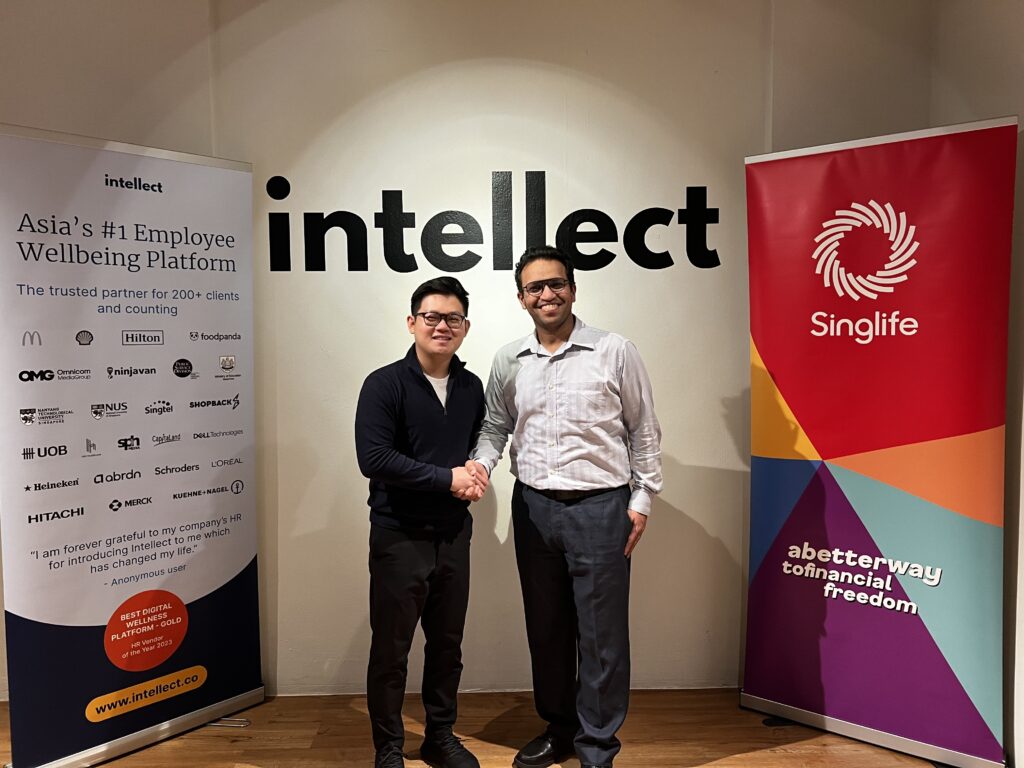Free food, unlimited vacation, and occasional sabbaticals.
These are some of the job perks that companies in the Asia Pacific are adopting for their workplaces. With global innovators like Facebook, Google, and Netflix leading the way with such benefits, some organisations have followed suit to gain an edge in talent acquisition and retention.
While there are advantages, these job perks aren’t always carefully evaluated in the same way a traditional benefit would be. Organisations may grab headlines or see a spike in applicants, but can job perks make them an employer of choice?
Here are some drawbacks that HR professionals should consider before adopting them.
There’s no such thing as a free lunch

A great many YouTube videos have been filmed of Google’s cafeterias, and companies in the Asia Pacific are following suit. Canva, for example, offers free food throughout the day in the Philippines, even allowing birthday celebrants to request their favourite dish on their special day.
Now, don’t get us wrong; we love free food as much as the next employee. You save time, money, and effort. It’s the answer to our first-world problem of not knowing what to grab for lunch. According to psychologist Susan Albers, it’s an extra perk, especially for employees who feel underappreciated.
But free food may be counter-effective to wellness in more ways than one. A study in 2019 found that these goodies tend to be high in calories, and their sugar content can lead to fatigue and a loss of concentration. Even if employees do not overeat, the strings attached (e.g. employees must work longer hours to qualify for free dinners) may promote schedules that lead to burnout.
As employers experiment with free food to bring team members back to the office, they will do well to set a clear purpose for the benefit and guidelines around its availability. For example, employees at Shopee received free dinners if they stayed past 7.30 pm and ordered in advance. This is helpful for employees to be more mindful of their consumption, so they neither overindulge nor overwork.
Sabbatical leave as a “reset” button

Adobe is among the companies that reward long-tenured employees with sabbaticals, allowing employees who have been with the company for more than five years to take four weeks off. The intent? To attract, retain, and engage employees, who may return from their pursuits – from further education to volunteering opportunities – with new perspectives that benefit the company.
No wonder companies in APAC are catching on. Employees of The Lo & Behold Group can take a month off after five years of service, while those of Maybank Singapore can take up to two years. This may be why the latter has observed an improvement in retention; more than half of its employees have worked there for over five years.
Apart from enhancing employee retention and engagement, a study found that sabbaticals also serve as a “stress test” for the organisational chart. When company leaders take time off, interim leaders become more effective, responsible, and collaborative. That’s great news for succession planning.
Sabbaticals may be tricky for under-resourced companies, but those who believe in them can adjust the variables. These include length, tenure requirements, and whether employees will be paid or unpaid for their time off.
Unlimited vacation days, anyone?

Netflix is said to be the pioneer of unlimited leave. In theory, so long as employees did their work, performed to standards, and coordinated with their respective managers and teammates, they could take as much time off as they needed.
In practice, employees ended up taking less time off when their leave was unlimited. The reason was simple: Employees were wary of taking time off as they did not want to be viewed as slacking off.
Likewise, when Singaporean media company SGAG trialled a policy of unlimited leave, they wound up reinstating the traditional leave policy of allocating 21 leave days per year. It’s interesting to note that this policy has similar drawbacks in both Western and Asian workforces, as one would imagine the latter to have more reservations about taking unlimited leave.
The lesson here is clear: policies should incentivise actual usage, and adapt accordingly when they don’t. In place of unlimited leave, organisations may consider expanding their existing leave packages to accommodate needs beyond vacation, caregiving, and bereavement. For instance, one hotel in the Philippines made headlines for offering break-up leaves for employees.
Should the open office close?

When Microsoft launched its Asia Pacific headquarters in Singapore, employees had no assigned workstations. Open floor plans were once touted as the future, promising to break barriers and promote communication. But there is a difference between idle chit-chat and actual collaboration, and that’s what open offices may have gotten wrong.
A study involving employees from India, China, and Australia found that 32% had to use headphones to focus, and 75% of them needed to take walks. These are more than minor inconveniences, as employees in noisier offices reported that they were more likely to resign within the next six months.
There may be a middle ground. Rather than an open sea of desks, companies may be better served by providing a variety of workspaces such as meeting rooms, phone booths, pods, and lounges; and weigh the pros and cons of each work configuration here.
Back to basics
Job perks are alluring and come with a great deal of publicity, making it easy to conflate what employees want and need. But if there’s anything the pandemic has taught us, it’s zeroing in on the lynchpin of any employee benefits package – a wellbeing strategy.
According to McKinsey, 60% of Gen Z respondents consider mental health resources to be important when selecting an employer. Another study published in 2022 found that workplace mental health programs increased productivity by 24% and decreased absenteeism by 25%. Employees were also 1.6 times less likely to leave their jobs.
You know what they say: By taking care of your employees, they will take care of your customers. Read more about organisations that have benefited from Intellect here.




